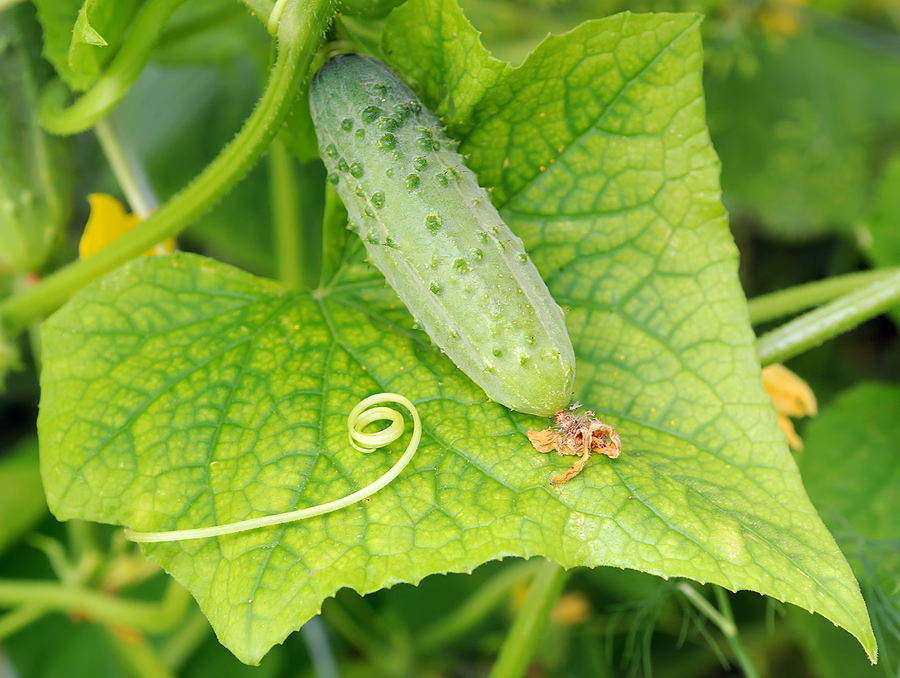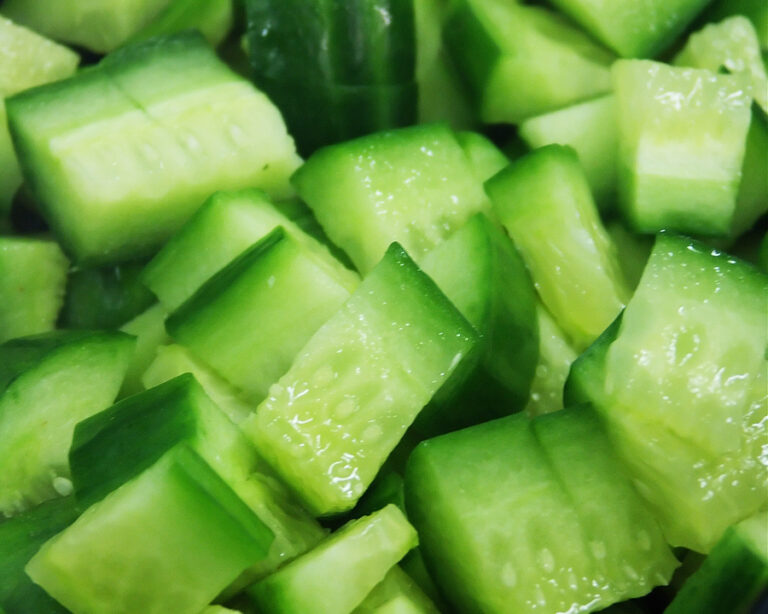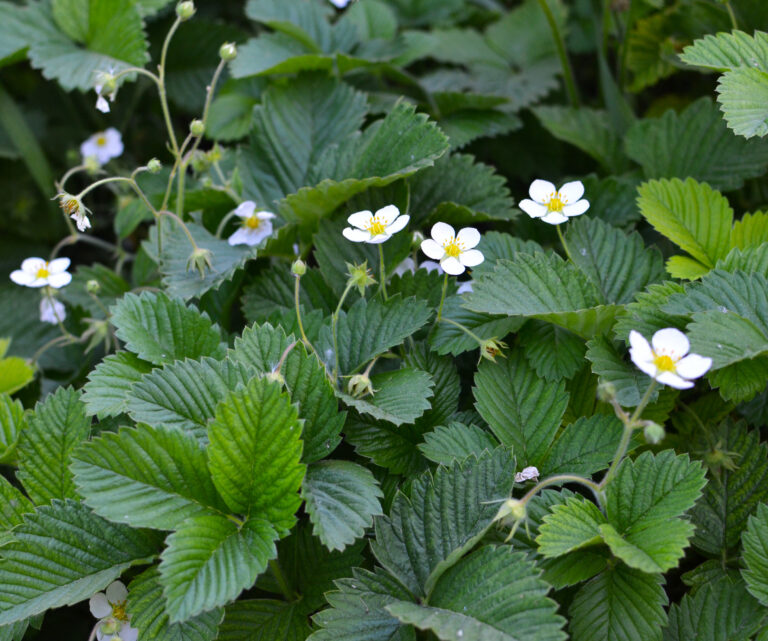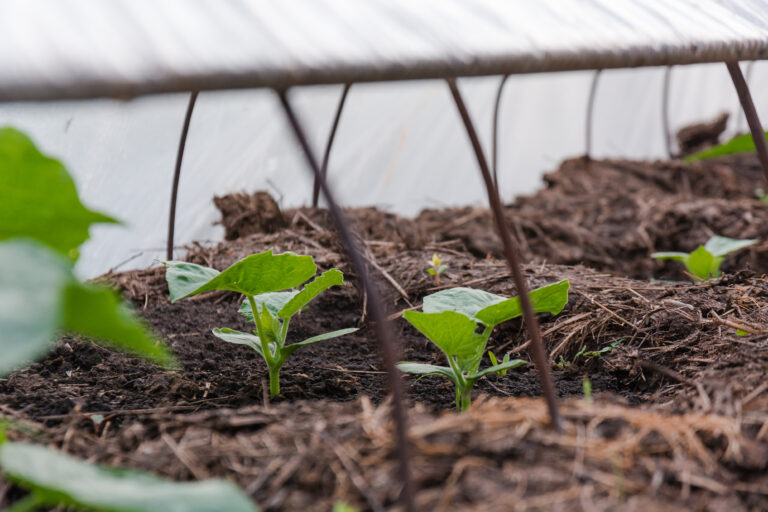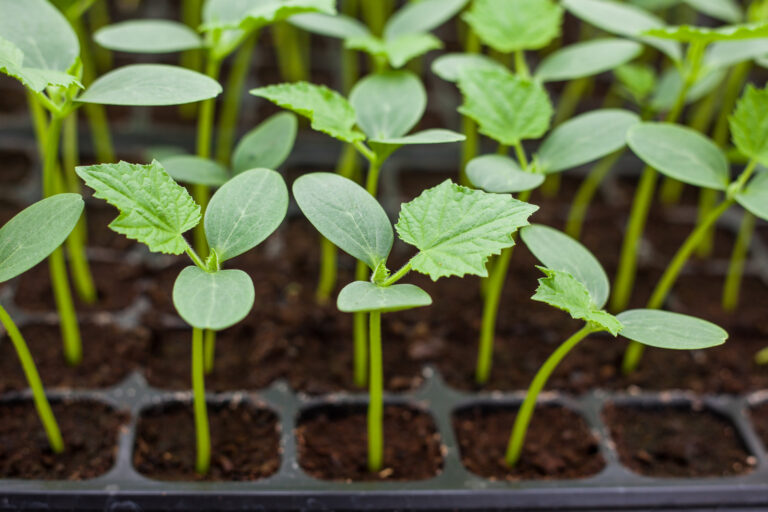How to Grow Cucumbers that Are Not Bitter Tasting
To grow cucumbers that are not bitter-tasting, providing optimal growing conditions is key. From my personal experience in growing cucumbers, I’ve found that stress during the growing season—whether from inconsistent watering, extreme temperatures, or poor soil—can lead to bitterness in the fruit. Cucumber plants naturally produce a compound called cucurbitacin, which can cause the bitter flavor. While some varieties are less prone to this, environmental factors, such as lack of water, excessive heat, or a sudden drop in temperature, can increase the production of cucurbitacins. By making sure to grow cucumbers in conditions that minimize stress, you can enjoy sweeter, more flavorful cucumbers throughout the season. In my garden, I focus on specific practices to help prevent bitterness in my cucumbers, ensuring that the plants thrive and produce fruit that is both crisp and mild in taste.
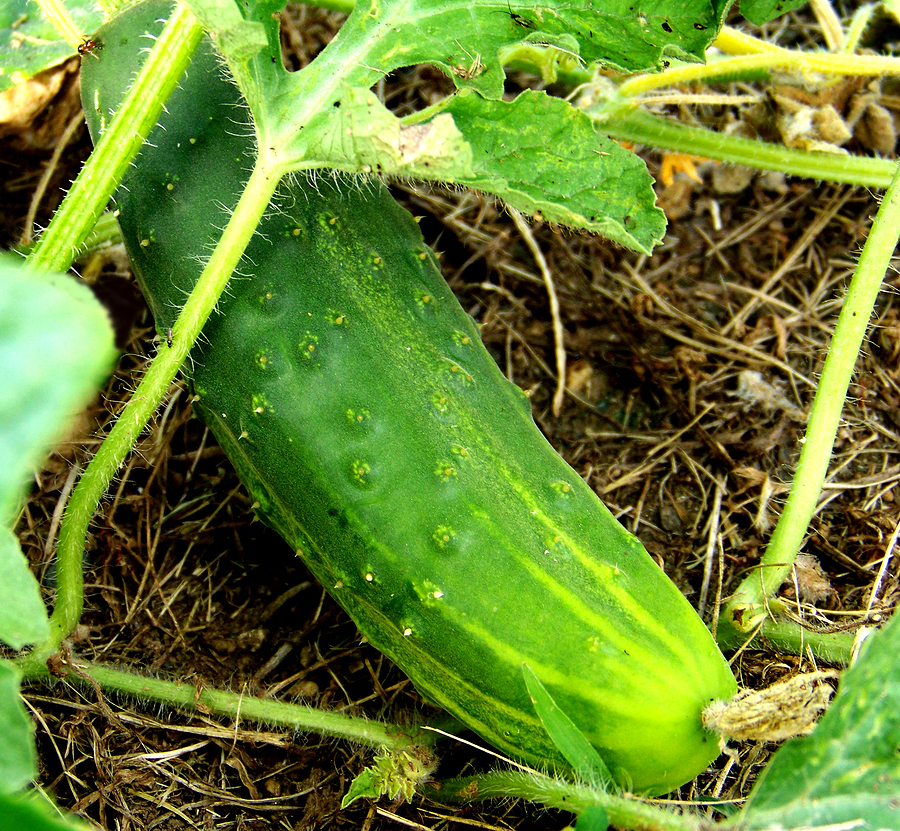
Understand the Cause of Bitter Cucumbers
The bitterness in cucumbers comes from organic compounds called cucurbitacins, which are produced as a natural defense mechanism in response to stress. While low levels of cucurbitacins are barely detectable, higher levels cause the bitter taste that many people dislike. Environmental stressors, such as inconsistent watering, extreme temperatures, or poor soil conditions, can trigger an increase in cucurbitacin levels. Additionally, some cucumber varieties naturally have higher cucurbitacin levels than others, contributing to bitterness in the fruit.
Choosing the Right Cucumber Varieties
The first step in growing cucumbers that aren’t bitter is selecting varieties known for low levels of cucurbitacins. Many modern cucumber varieties are bred for better taste and reduced bitterness. Some varieties to consider are:
- ‘Jazzer’ – Known for its high yields and mild flavor, making it an excellent choice for fresh eating.
- ‘Holland’ – This variety is also a low-bitter cucumber with good flavor and consistent performance.
- ‘Lemon’ – These cucumbers have a mild flavor and are less likely to become bitter.
- ‘Marketmore 97’ – A classic variety with low levels of cucurbitacins that produces crisp, sweet cucumbers.
- ‘Aria’ – A hybrid variety bred for excellent flavor with minimal bitterness.
Providing Optimal Growing Conditions
In addition to selecting the right variety, providing optimal growing conditions is key to preventing bitterness. Stress, especially from environmental factors, will increase cucurbitacin levels. Follow these tips to create the best environment for your cucumbers:
- Sunlight: Cucumbers need at least 6–8 hours of full sun daily to thrive. Ensure they receive adequate light for healthy growth and fruit production.
- Soil: Cucumber plants prefer well-drained, fertile soil. Amend your garden soil with organic matter like compost or aged manure before planting. Raised beds or mounds are ideal as they warm up quickly in spring, promoting faster growth and helping the plant stay warm throughout the season.
- Watering: Consistent watering is crucial for preventing bitterness. Cucumbers need consistent moisture, especially during flowering and fruiting. Avoid water stress by watering deeply once or twice a week. Make sure the soil stays evenly moist, but not soggy. Too little water can stress the plant and lead to bitterness.
- Temperature: Cucumbers are sensitive to extreme temperatures. If temperatures consistently exceed 90°F (32°C) or fall below 50°F (10°C), the plants can become stressed and produce bitter fruit. Providing filtered afternoon shade or planting near taller crops can help keep cucumbers cool in extreme heat.
Spacing and Support
Cucumbers require plenty of room to spread out. Give them enough space to grow, whether you’re growing them on the ground or with vertical support. Trellised cucumbers should be spaced 8–12 inches apart, while cucumbers planted in hills should be spaced 3 feet apart. Trellising cucumbers helps keep the fruits off the ground, reducing exposure to pests and diseases and promoting even ripening. Additionally, cucumbers grown off the ground tend to be straighter and more uniform in shape.
Care and Maintenance
As cucumbers grow, be sure to side-dress them with compost midway through the growing season. Compost helps retain moisture and adds essential nutrients, promoting healthy growth. Remove any weeds that may compete with cucumbers for nutrients, and mulch around the plants to conserve moisture and prevent weed growth.
Reducing Bitterness After Harvest
If you do experience bitterness, it tends to concentrate at the stem end and in the skin. To reduce bitterness at serving time, peel the cucumber and cut off the stem end by an inch or two. Rinse your knife after each slice to avoid spreading the bitterness. By removing these parts of the cucumber, you can enjoy a much sweeter flavor.
Summary
Growing cucumbers that are free of bitterness is achievable with the right approach. By selecting the right varieties, providing optimal care, and addressing environmental stress, you can ensure a sweeter, more enjoyable cucumber harvest.
Related Posts:
Ultimate Beginner to Expert Guide to Growing Cucumbers
Planning and Planting
- The Best Cucumber Varieties for Your Garden
- How to Plant Cucumber Seeds and Seedlings: Site, Spacing and Soil Needs
- Growing Cucumbers in Containers: Space -Saving Tips for Success
Care and Maintenance
- Watering, Feeding, and Caring for Cucumbers: A Complete Guide
- How and When to Prune Cucumbers for Healthier Vines
- How to Grow Cucumbers That Are Not Bitter Tasting
- Cucumber Flowering, Pollination, and Fruit Formation: Ensuring Maximum Yield
Troubleshooting and Pest Control
Harvest and Beyond

